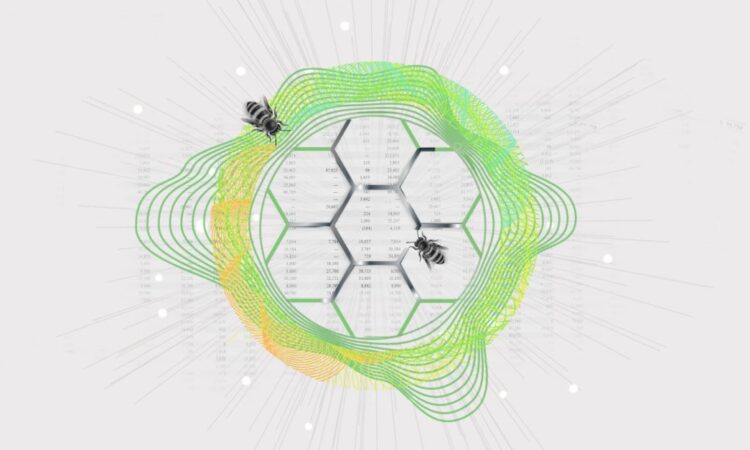
According to the Network for Greening the Financial System, nature-related physical risks arise from degradation of natural capital and loss of ecosystem services.12 These can manifest through natural disasters, such as floods, droughts, and storms, or from activities contributing to air, water, and soil pollution. As an example, a significant deterioration of coral reefs may tip the tourism industry into losses of at least US$2 billion currently in the states of Hawaii and Florida alone.13 Such a scenario could, potentially, trigger higher loan losses, asset devaluations, and market losses for US banks operating in those regions.
Transition risks often stem “from a misalignment of economic actors with actions aimed at protecting, restoring, and/or reducing negative impacts on nature,” according to the TNFD.14 These risks can result from new regulations, evolving customer preferences, introduction of innovative technologies, enforcement of legal actions, and changing stakeholder sentiment toward nature.15 Such risks can manifest in the form of stranded assets, changes in demand and supply, and increased compliance and legal costs.
Furthermore, nature-related systemic risks can arise from even partial collapse of ecosystems. According to the TNFD, such “risks are characterized by modest tipping points combining indirectly to produce large failures, where one loss triggers a chain of others, and prevents the system from reverting to its prior equilibrium.”16
Unsustainable levels of physical and transition risks, as well as ecosystem stability risks, could also lead to systemic risks to global financial stability, such as sudden disruption to the functioning of financial markets. Recognizing this connection between nature and financial risks, a group of central bankers have identified biodiversity loss as a significant and under-appreciated threat to financial stability.17
Collectively, nature-related risks could manifest in the form of increased operational costs and losses in loan and investment portfolios. Of course, the severity may vary by banks’ exposure to these risks. The different costs and losses could include the following:
1. Credit losses: Nature-related risk can lead to increased defaults in industries that have strong supply chain linkages to natural capital, such as agriculture, energy, tourism, food and beverage, and construction. As a result, banks can experience higher-than-expected loan losses through these exposures.
According to the European Central Bank, almost 75% of all bank loans are made to borrower companies that depend highly on at least one ecosystem service.18 Similarly, according to Deloitte estimates, US banks have US$1.7 trillion of loans exposed to nature-related risks, and a large portion (US$700 billion) are from the construction, agriculture, and farming sectors (figure 3).19 Furthermore, exposure in sectors such as the manufacturing and non-durable goods industries could double these potential credit losses. Banks’ credit ratings will also likely be affected as rating agencies focus more on how nature-related risks affect borrower creditworthiness.





